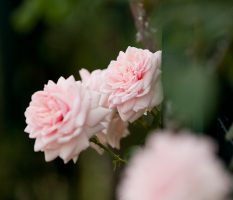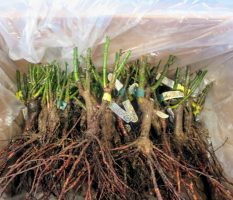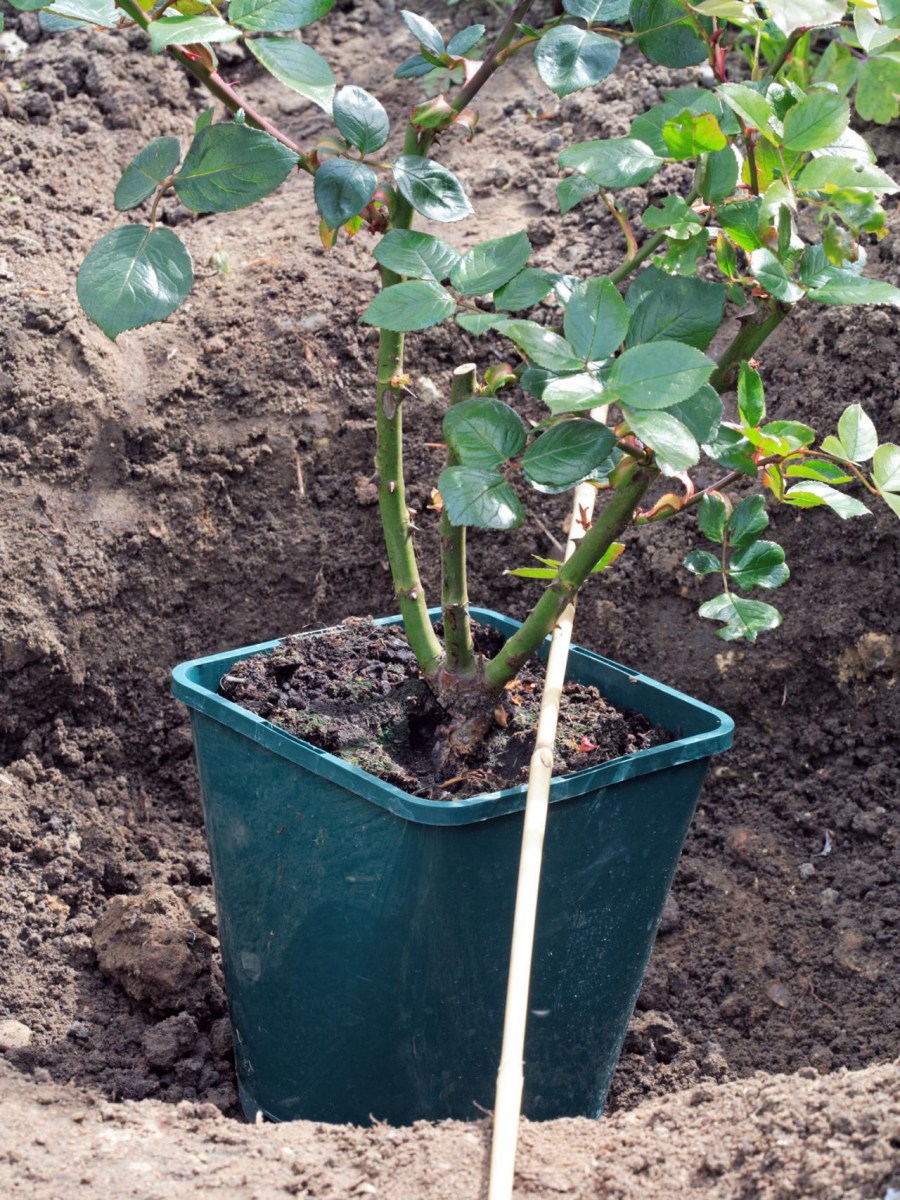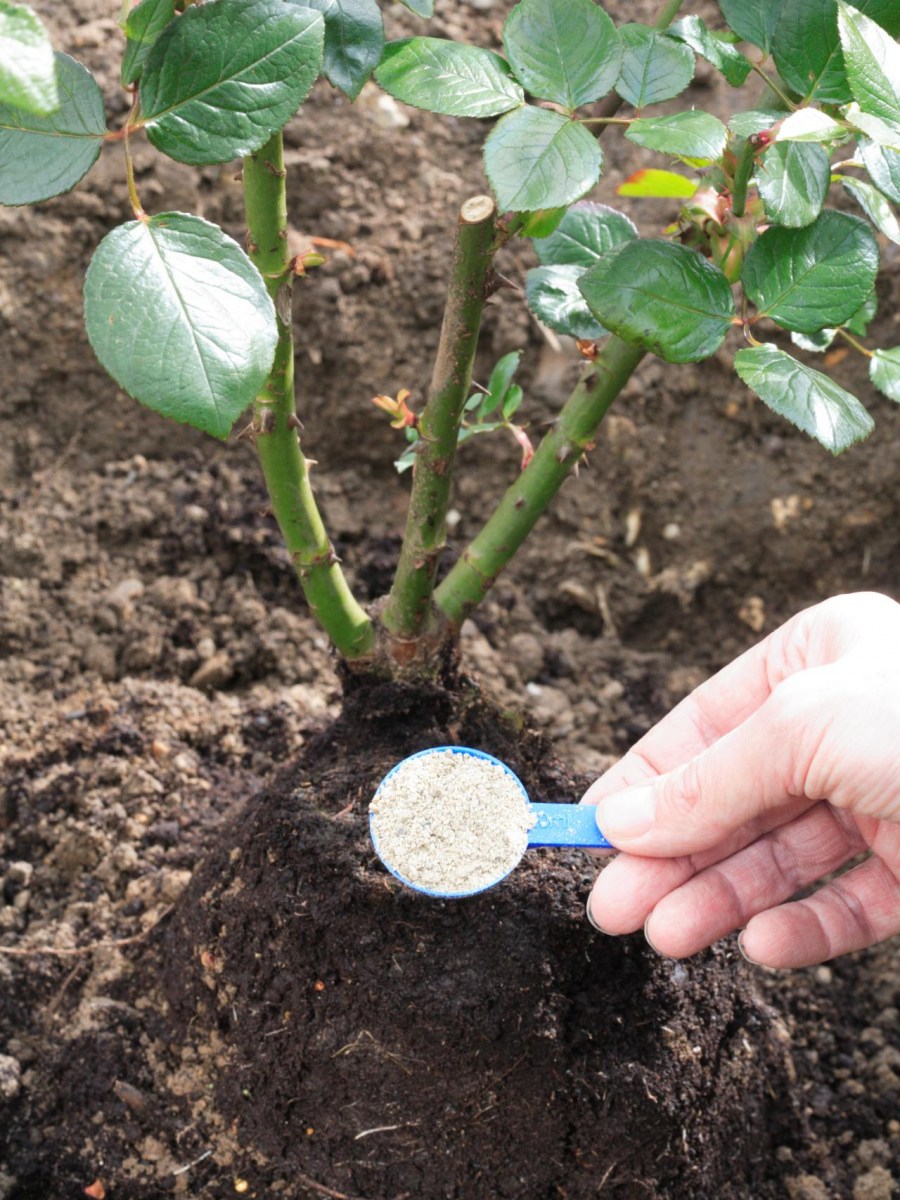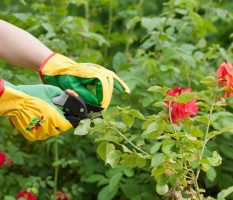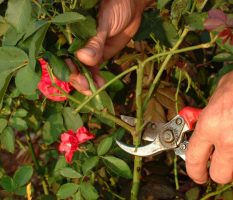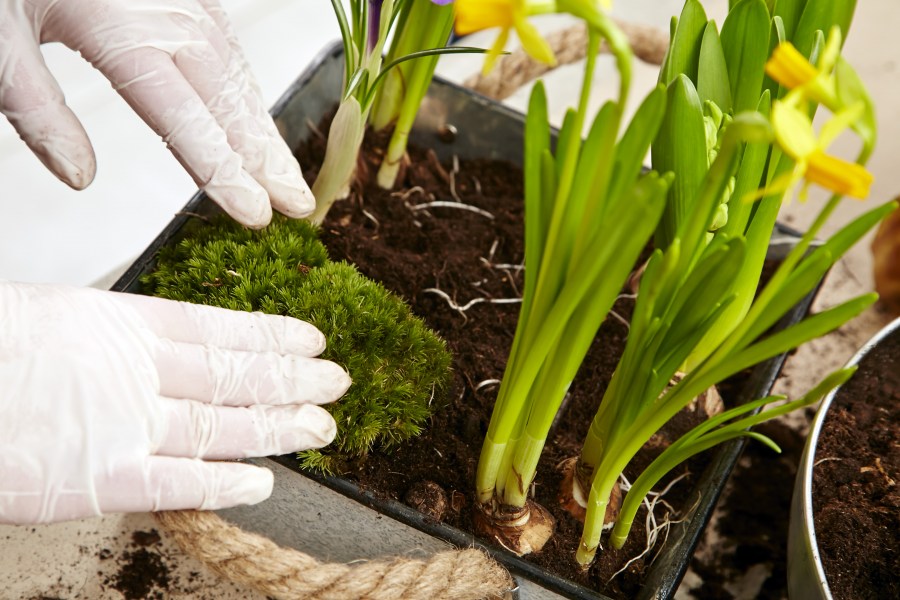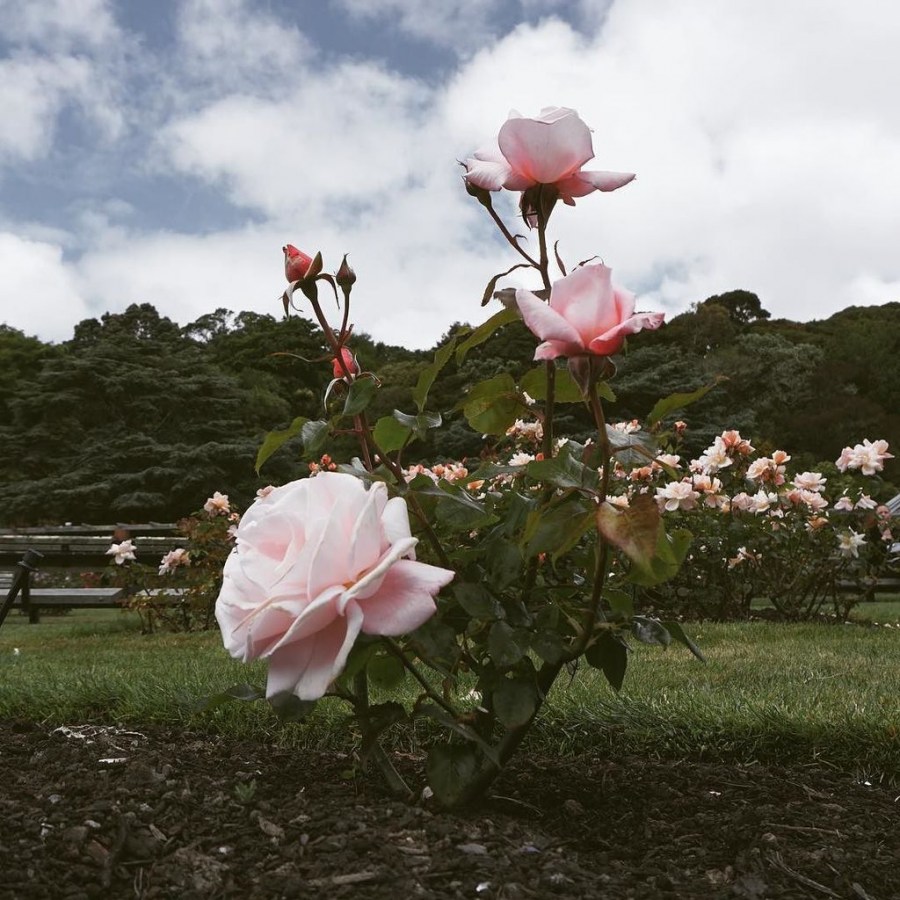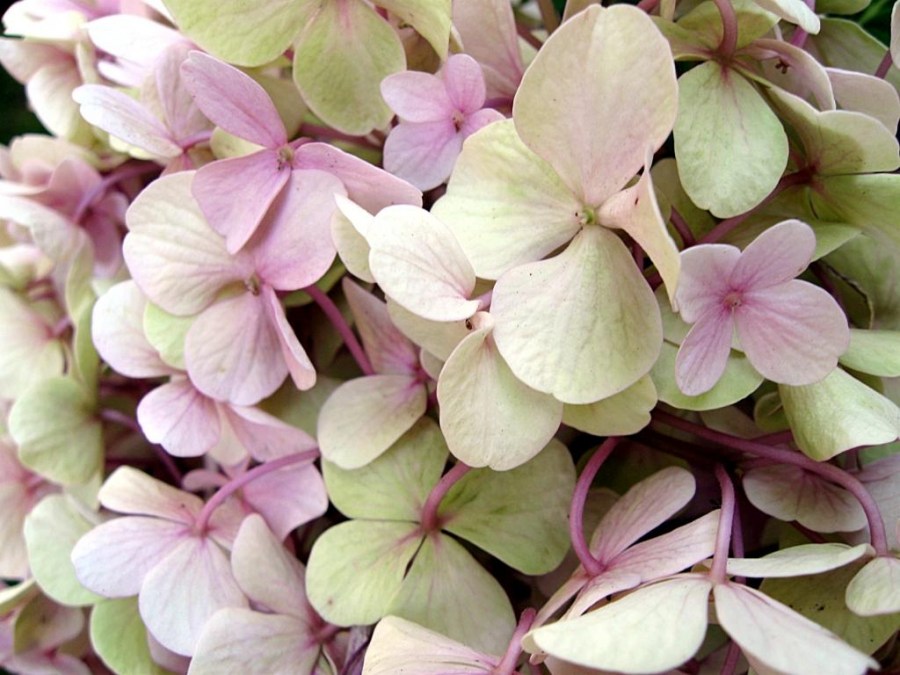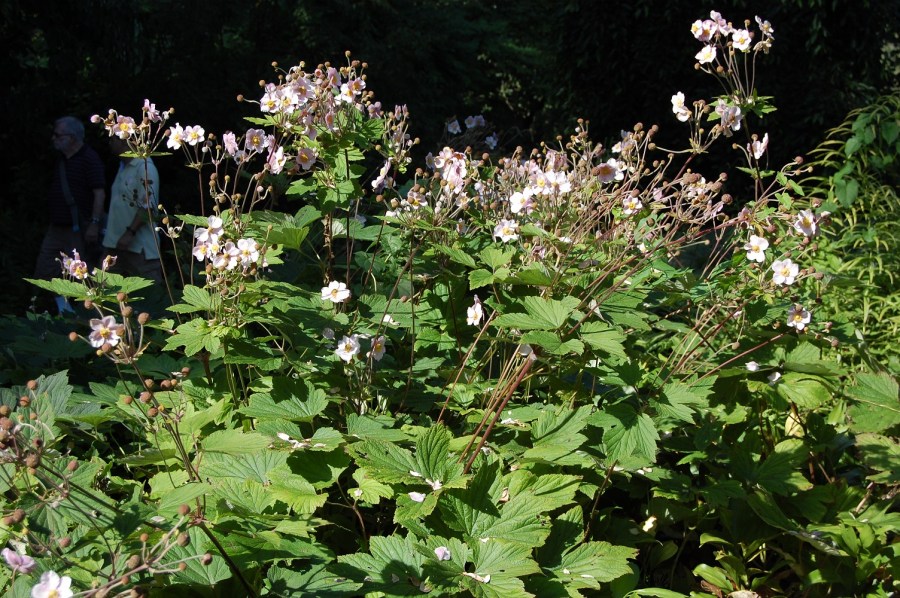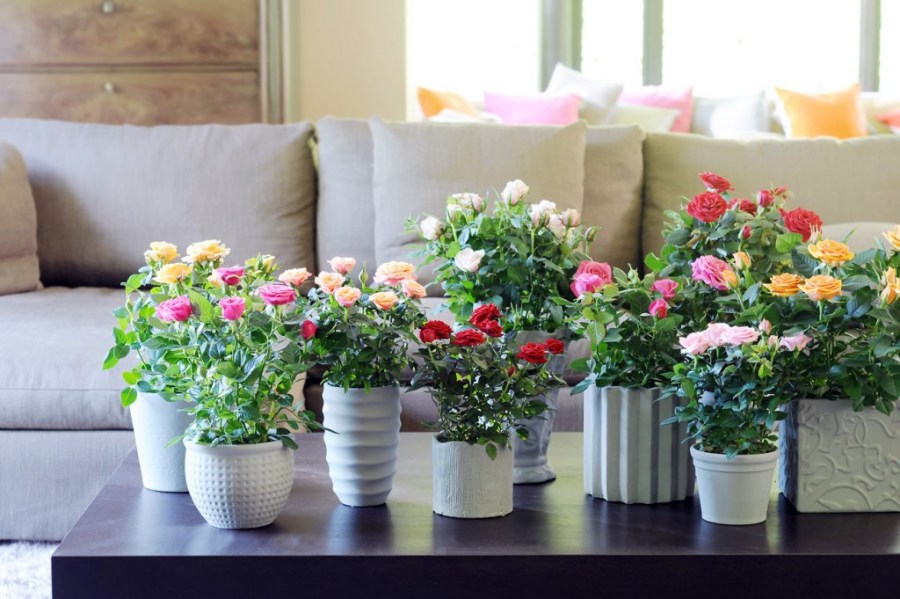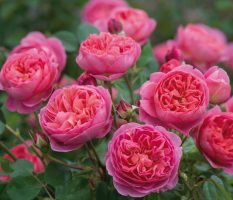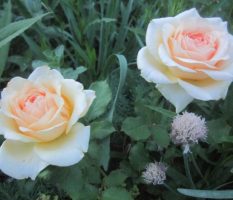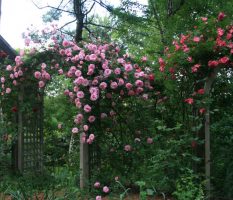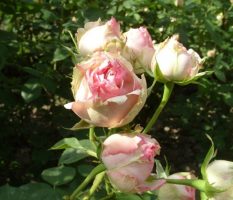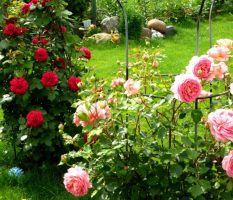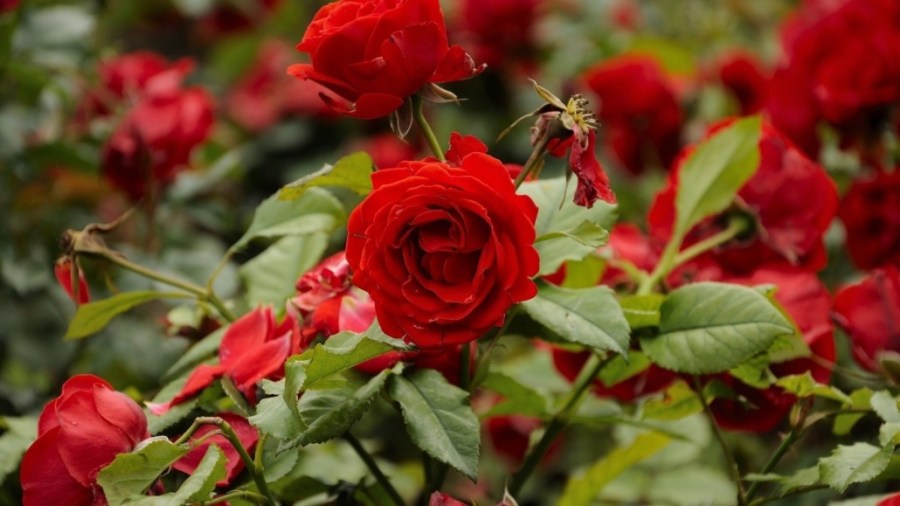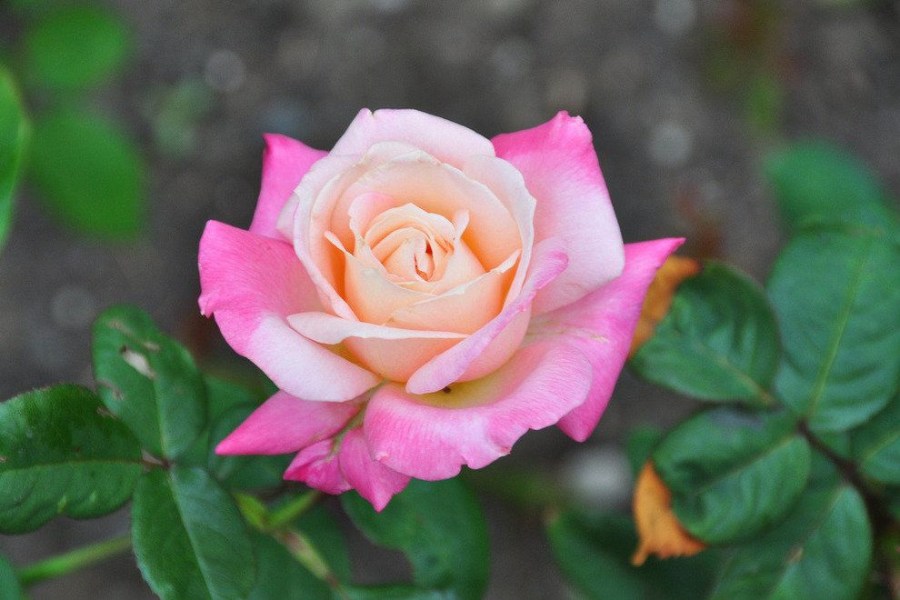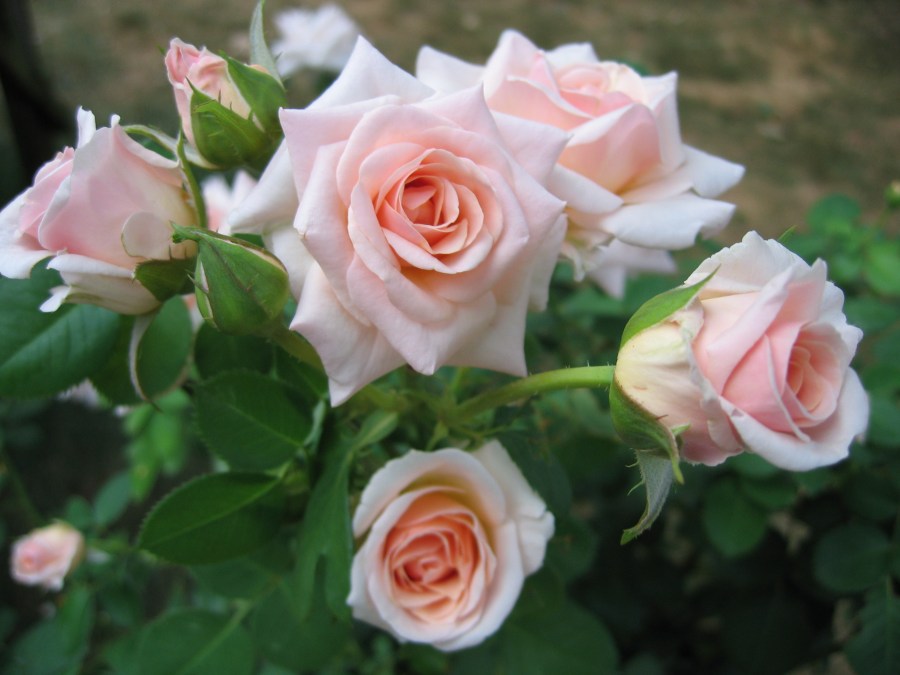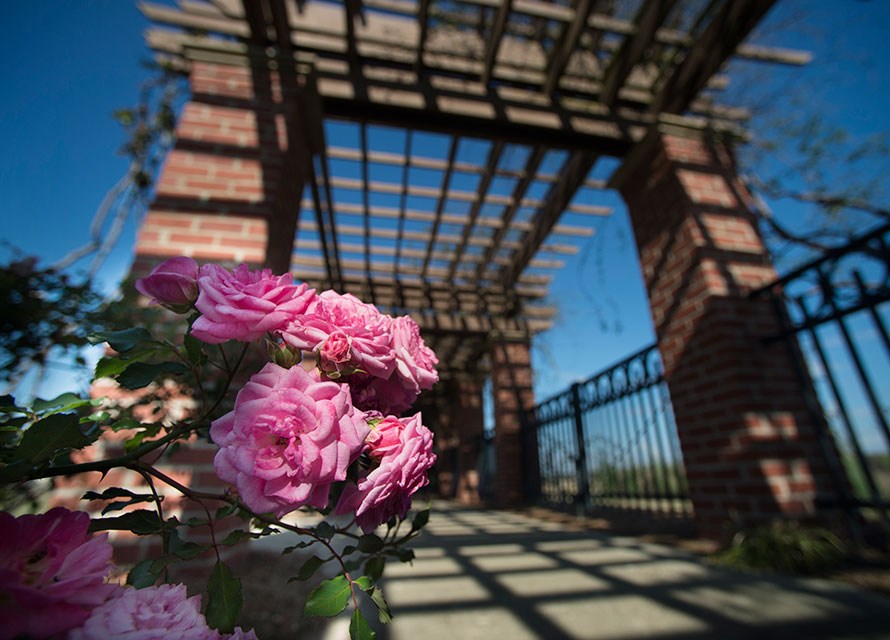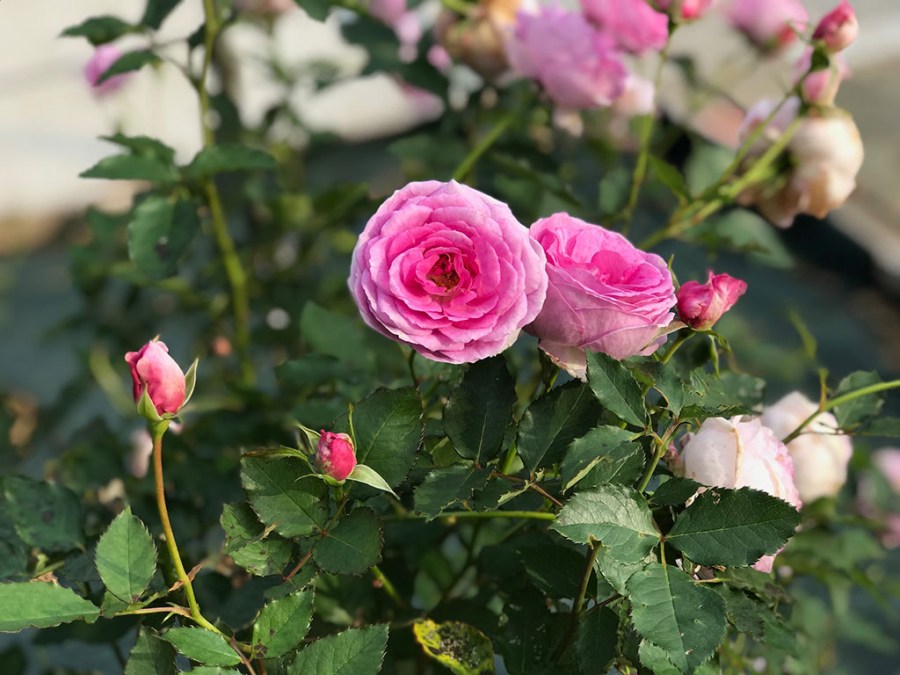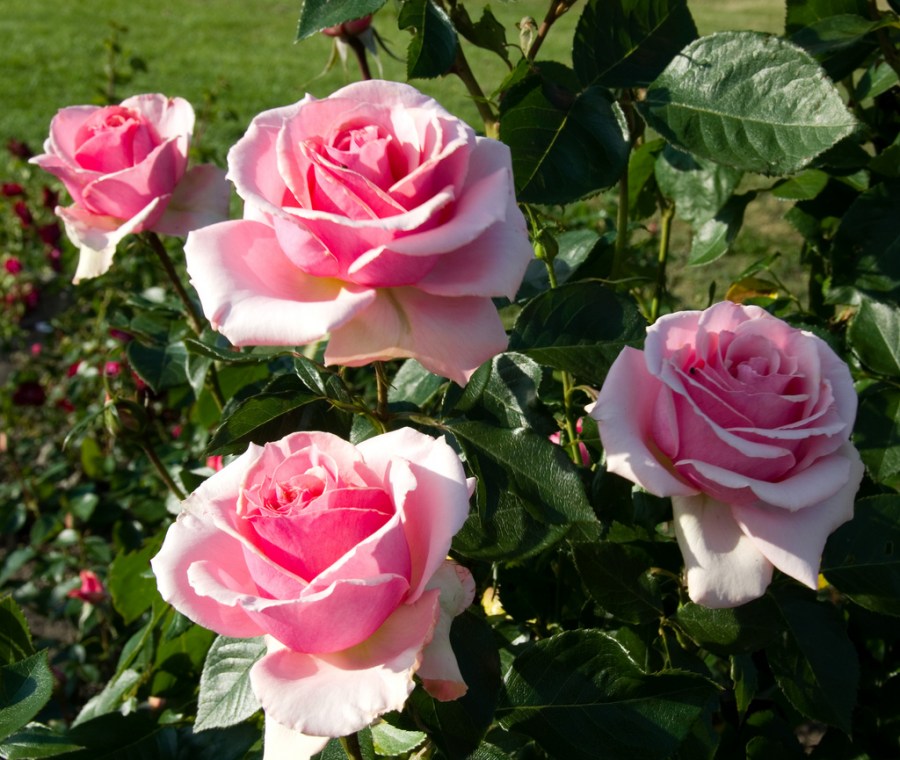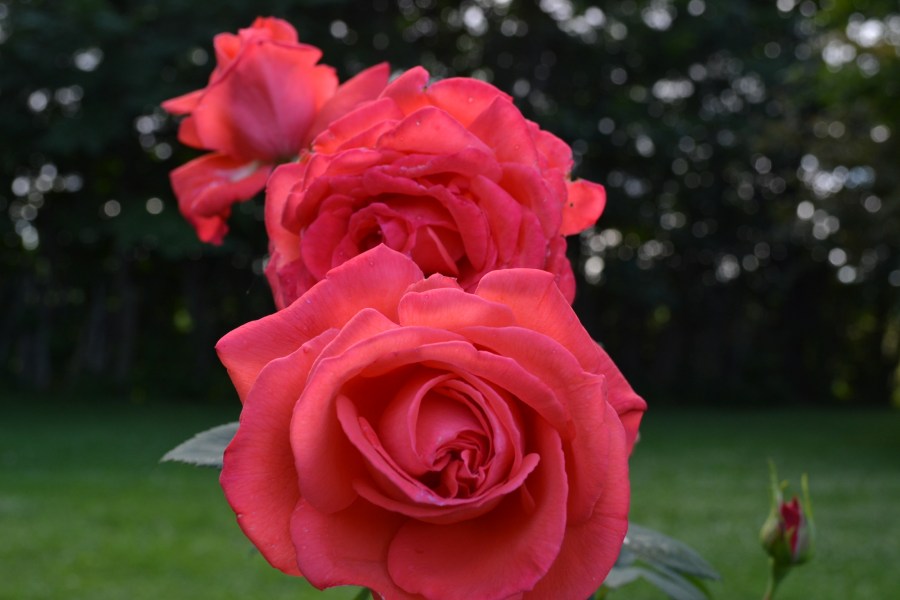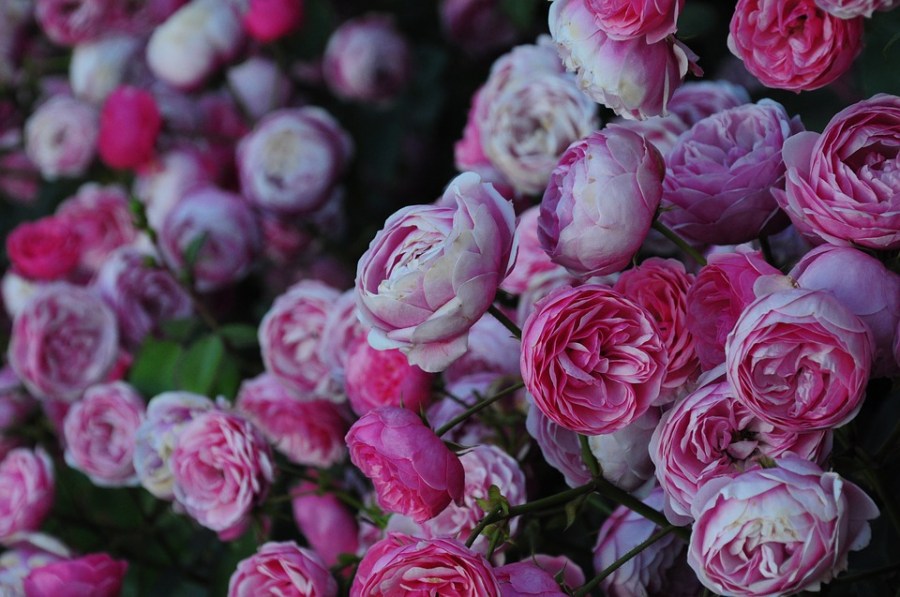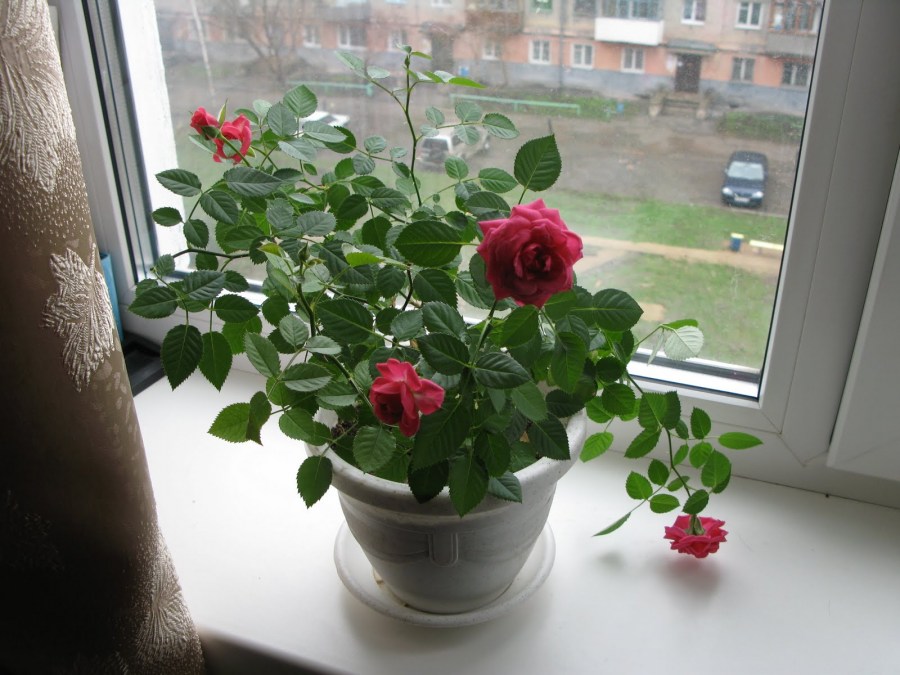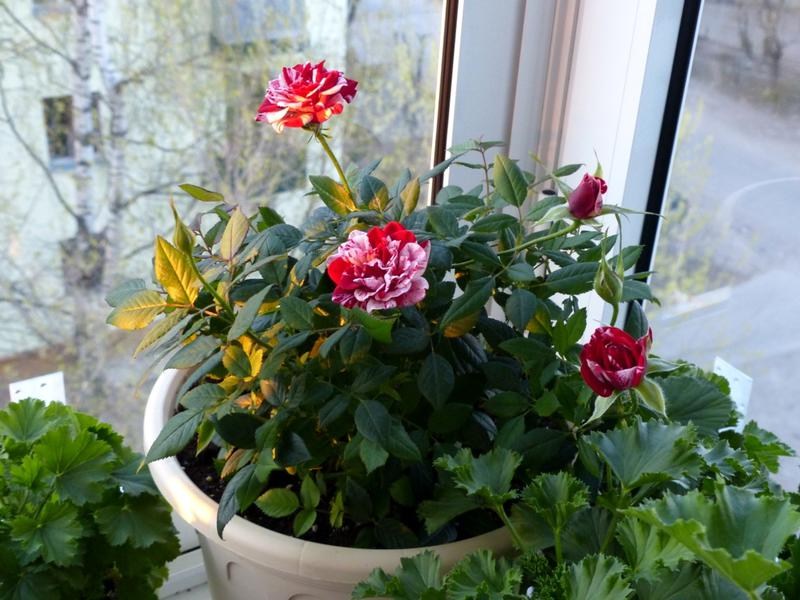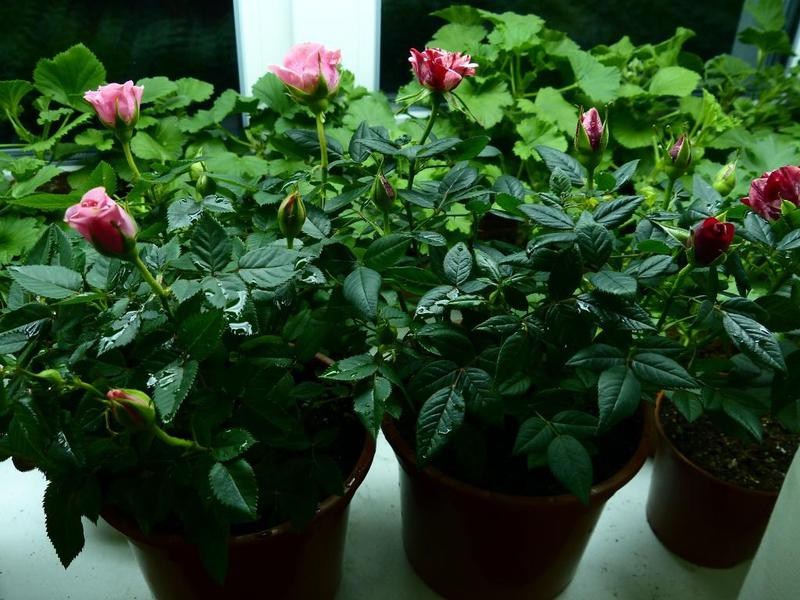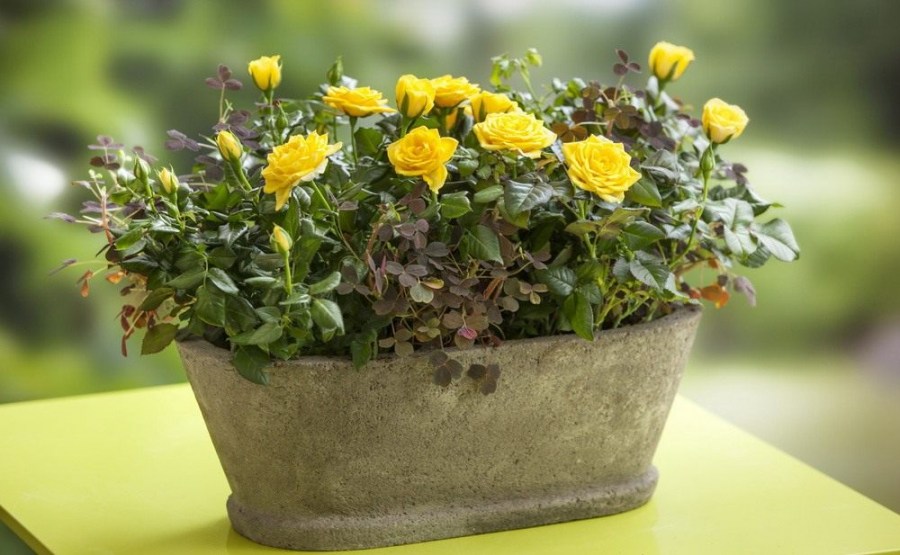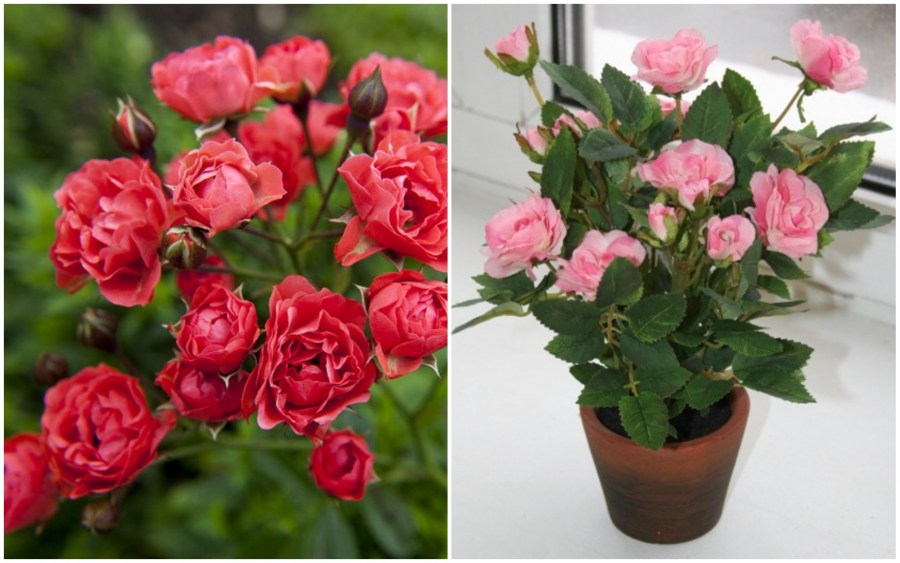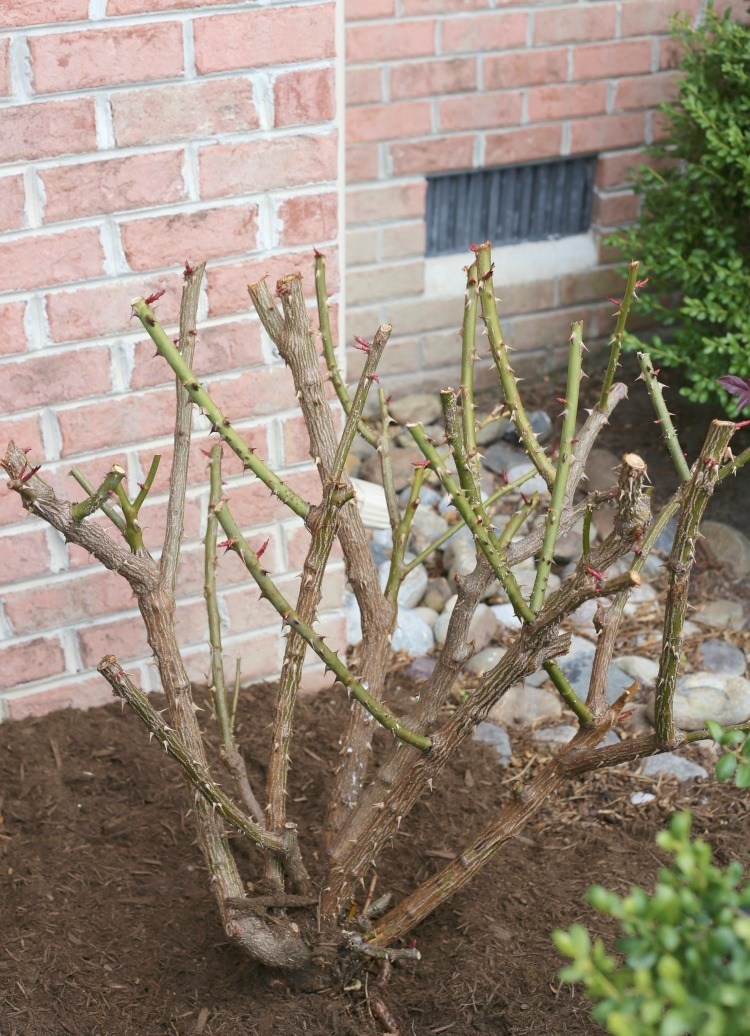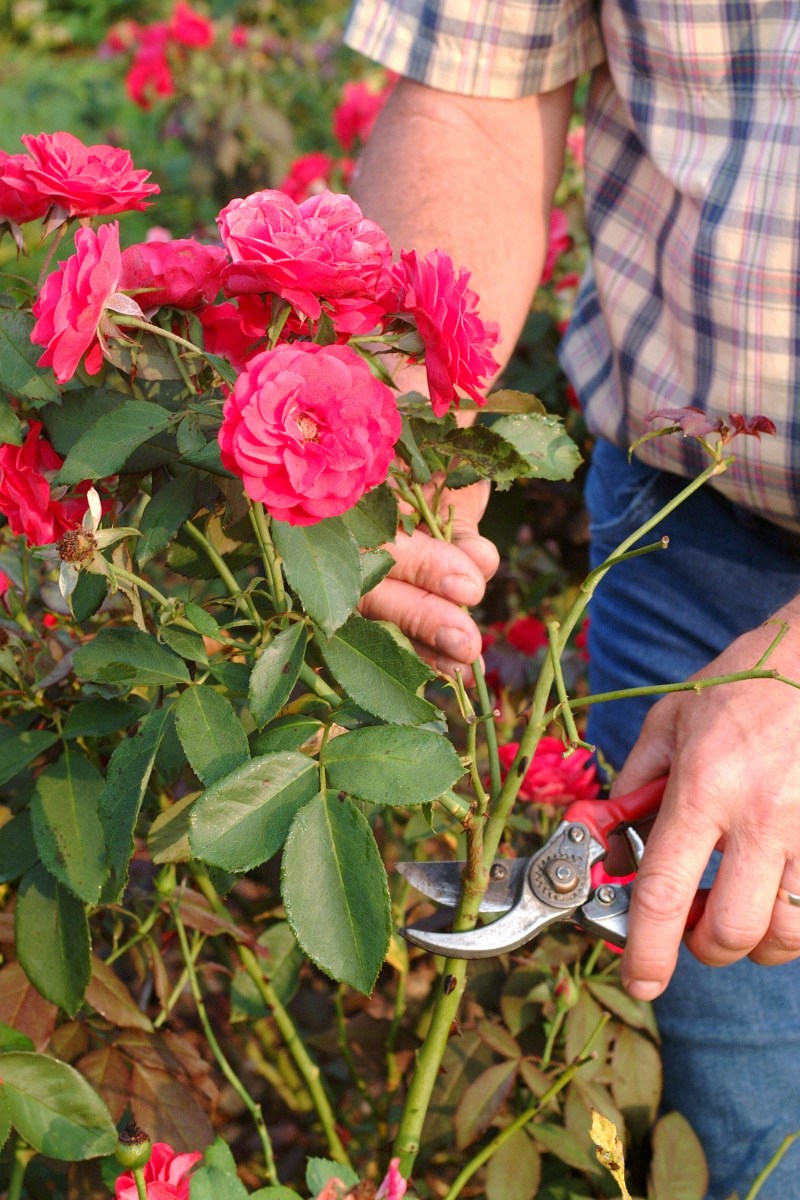Roses - 155 photos. The best varieties, planting, care, cultivation and reproduction + step by step instructions
When buying roses, seedlings do not at all resemble the luxurious rose bushes that we see in the gardens. A branch with unopened buds and a noticeable thickening at the bottom - a knot - inoculation, closer to the beginning of the roots. Seeing such a right seedling, many doubt its viability, is it worth planting at all.
Roses are not as pampered as it seems at first glance. On the other hand, you should not rely on the “Blow, Spit, Plant” scheme. A drop of extra effort when planting roses will pay off with healthy plants and copious flowering. Here are tips for growing roses and taking care of them after planting in the garden.
Where to grow
Bushes love sunny places, with rare exceptions. At least six hours of sun per day is necessary for a healthy plant, most varieties bloom better in such conditions. An exception to this basic rule will be hot areas with high daytime temperatures and aridity. In this case, roses need to arrange a midday shadow and drip irrigation.
Roses are not demanding on the soil, but very voracious, so to speak about plants. The sample is slightly acidic with a transition to neutral loam with an acidity of 5.5-7.0 pH. It is advisable to enrich it with a layer of organics, up to 5 cm.
The landing site must be professionally drained, water must be discharged constantly. Roses need regular thorough watering, but the roots of the bushes will rot if left for several days in the water.
Finally, do not “crowd” the rose bushes, make large distances between plants. Photos with examples of planting rose bushes show successful options. The more air movement - airing - between flowering bushes, the less likely it is to get fungal diseases.
Even hardy varieties of roses can pick up a black leg and powdery mildew. These diseases are not removed from the thickened bushes, which will have to be dug up and burned.
How to plant rose bushes
Dig a hole that is wider than the shovel, but as deep as the root of the seedling. Recommended sizes: width 40-50 cm, depth 50-60 cm.
Combine a handful of bone meal or superphosphate with soil removed from the pit. Save this mixture to backfill the roots as soon as the rose is planted. Such a simple technique will help the young bush to better acclimatize in the new conditions. Do not feed anything else during planting, let the roots strengthen before the top grows.
If the seedling is in the container, carefully remove it, slightly spread the roots so that they begin to grow immediately after planting. Soak the exposed roots with water for an hour so that they do not dry out in the ground.
Make a slide in the center of the hole from a prepared mixture of earth, bone meal or superphosphate. The mound should be high enough, if you put a seedling on its top, then the node should be slightly below the soil level. When the plant settles, the vaccine should be covered 5 cm, not deeper.
Attention! Gardeners in warm climates prefer to leave the vaccination unit above the ground, since chances of freezing a seedling are unlikely. You can fill the node with earth, and it will not be damaged by frost.
In this case, it is likely that new processes will appear from the roots, and not from the grafted part. Then they will have other qualities that are not characteristic of the planted variety, perhaps initially beautiful roses will not bloom.
Spread the roots on the slopes of the knoll. Begin filling the hole with the prepared mixture, without gently violating the position of the roots.Spill lightly with water, let the mixture settle. Fill the mixture again, slightly condensing it with water. Continue this way until the dug hole is completely filled.
Spill the planted bush with water, it will take 1-2 buckets, depending on soil moisture. After the water goes deeper, mulch the planting with a layer of 3-5 cm. Water at least once a week to grow the seedling. You can find out that the seedling has acclimatized by the appearance of new sprouts from buds that have blossomed on branches.
Additional tips for caring for roses in the open ground
If the threat of frost after planting persists, cover the aboveground branches with mulch or the remaining soil so that the stems do not dry out. Remove this soil when weather conditions improve.
Shorten the canes of branches to 15-20 cm in length. This technique will cause the seedling to put more energy into the roots, rather than trying to maintain excessive overgrowth.
Rose care
Continue to water abundantly every week so that the plants develop the root system inland.
Feed roses with fertilizer from early spring, when the bushes wake up after hibernation. Choose a suitable fertilizer for roses and follow the attached instructions. Regular top dressing during the growing season is mandatory, otherwise there will not be abundant flowering.
Be sure to prepare roses for the winter. Stop fertilizing 5-6 weeks before the first frost. Continue to water until the ground freezes. In areas with a warm climate, water regularly during the winter.
In places with cold winters, with average temperatures below –10 degrees, weather conditions challenge roses, especially hybrid teahouses. Shrubby red roses are more resilient and can take care of themselves, but tea and modern hybrid varieties are weaker and more sensitive to cold.
Winter Survival Tips
Stop pruning roses at the end of summer. Leave the last buds on the bushes, let them bloom, a berry similar to a rosehip will appear. Creating fruits, the rose bush will think about closing the season, will begin to prepare for hibernation.
Make sure the rose bushes are thoroughly spilled. After the earth freezes, the bush will take care of itself, therefore it is important to water the bushes before frost.
Remove from the bushes all fallen leaves, clean the earth from possible diseases and insects. If the harvested leaves were healthy, then you can safely throw them in a compost pit. In other cases, foliage is burned.
Take care of the vaccine node. After 1-2 frosts, pour 15-20 cm of compost or mulch under the crowns of the bushes to protect the roots and grafts. The assembly should be at or slightly below the surface of the soil.
Attention! Do not try to use the soil around roses as mulch. Breaking the surface of the earth under the crown can ruin the roots.
Climbing roses are afraid of winter winds that dry plants. Remove the lashes from the supports, collect them in small bundles. Choose a place on the ground for laying the prepared ligaments, pour river sand there with a layer of 5-7 cm. Carefully arrange the bundles of branches, secure with garden pins on the sand. Protect with a layer of mulch 15-20 cm thick until spring.
Be sure to remove the covering mulch in the spring. Reliable winter protection can do much harm on warm days. As soon as the ground thaws, the mulch folded around the stem causes the plants to rot.
Miniature roses
Window sill decoration - home rose will add emphasis to the interior and the aroma of the atmosphere. To grow such plants, you need to choose the right roses. Grandiflora, shrubby, hybrid roses will not work. Polyanthus, miniature and undersized varieties are easily grown indoors.
The main characteristic of this group of roses was the combination of small buds on thin stems and delicate tiny foliage. Flowers are simple, double, grouped or single, fragrant or odorless. The range of colors is wide, like garden roses. Miniature roses are easily propagated by cuttings.
When placing a rose in the volume of the pot, remember the limitless appetite of these plants. Miniatures, like large roses, tend to eat all available nutrients. Feed the plant regularly, follow the directions on the package. Excessive fertilizer can be more harmful than the lack of fertilizing.
A room rose transplant is done as needed if the roots begin to come out from under the bottom of the pot. Along with transplanting to another capacity, change the ground, the old soil is not suitable for reuse.
Photo of roses
Annual flowers: 100 photos of planting, care and growing flowers of a special kind
Design of a country house plot: 105 photos of the best decoration ideas
Join the discussion:









